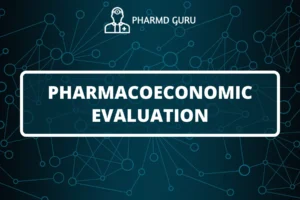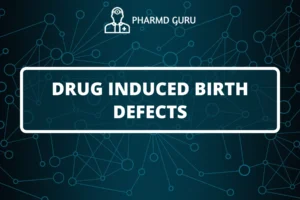Vaccines play a crucial role in preventing infectious diseases and safeguarding public health. Before vaccines are introduced to the general population, extensive studies are conducted to evaluate their safety and effectiveness. Vaccine safety studies are essential to ensure that the benefits of vaccination outweigh any potential risks. In this article, we will explore the importance of studies on vaccine safety and highlight the methodologies used to assess the safety profile of vaccines.
SCROLL DOWN TO THE BOTTOM OF THIS PAGE FOR ACTUAL NOTES.
TABLE OF CONTENTS:
- Introduction: Significance of Vaccine Safety Studies
- Preclinical Studies: Evaluating Vaccine Candidates
- Clinical Trials: Assessing Safety and Immunogenicity
- Post-Marketing Surveillance: Monitoring Vaccine Safety
- Vaccine Adverse Event Reporting Systems
- Vaccine Safety Databases and Registries
- Cohort Studies and Case-Control Studies
- Meta-Analyses and Systematic Reviews
- Vaccine Safety Assessments: A Multifaceted Approach
1. Introduction: Significance of Vaccine Safety Studies
Vaccine safety studies are critical in ensuring that vaccines are safe and effective for widespread use. These studies provide valuable insights into the potential adverse effects of vaccines, allowing public health authorities to make informed decisions regarding vaccination recommendations and policies.
2. Preclinical Studies: Evaluating Vaccine Candidates
Before vaccines can proceed to human trials, preclinical studies are conducted using laboratory models and animals. These studies assess the safety and immunogenicity of vaccine candidates, providing initial data on potential adverse effects and immune responses.
3. Clinical Trials: Assessing Safety and Immunogenicity
Clinical trials are a vital phase in vaccine development, involving rigorous testing in human subjects. These trials assess both the safety and immunogenicity of vaccines. Safety endpoints include the occurrence of adverse events, while immunogenicity endpoints measure the vaccine’s ability to generate an immune response. Clinical trials are conducted in multiple phases, gradually expanding the number of participants to gather more data on safety and efficacy.
4. Post-Marketing Surveillance: Monitoring Vaccine Safety
Once a vaccine is approved and introduced into the population, post-marketing surveillance becomes essential. This ongoing monitoring allows for the detection of rare or long-term adverse events that may not have been captured in clinical trials. Various surveillance systems and methodologies are employed to ensure the continuous evaluation of vaccine safety.
5. Vaccine Adverse Event Reporting Systems
Vaccine adverse event reporting systems (VAERS) are crucial components of post-marketing surveillance. These systems enable healthcare providers, vaccine manufacturers, and the public to report any adverse events following vaccination. VAERS data are analyzed to identify potential safety signals and facilitate further investigations.
6. Vaccine Safety Databases and Registries
Vaccine safety databases and registries serve as valuable resources for monitoring and analyzing vaccine safety data. These databases collect information on vaccinated individuals, adverse events, and potential risk factors. By analyzing large datasets, researchers can assess the safety profiles of vaccines across different populations and age groups.
7. Cohort Studies and Case-Control Studies
Cohort studies and case-control studies are commonly used in vaccine safety research. Cohort studies follow a group of vaccinated individuals over time to identify any adverse events that may occur. Case-control studies compare individuals who experienced adverse events after vaccination (cases) with a control group of vaccinated individuals without adverse events. These study designs help identify potential associations between vaccines and adverse events.
8. Meta-Analyses and Systematic Reviews
Meta-analyses and systematic reviews are conducted to summarize and evaluate existing studies on vaccine safety. These comprehensive analyses combine data from multiple studies to provide a more robust assessment of vaccine safety. They help identify trends, evaluate the consistency of findings, and address any discrepancies in the literature.
9. Vaccine Safety Assessments: A Multifaceted Approach
Assessing vaccine safety requires a multifaceted approach, incorporating various study designs and data sources. By combining preclinical studies, clinical trials, post-marketing surveillance, and epidemiological studies, researchers can comprehensively evaluate vaccine safety. This approach ensures that potential risks are thoroughly investigated and that public health protection remains a top priority.
ACTUAL NOTES:




